Cyberpower’s Compact Nox Mini Combines Intel Compute Element, 2080 Super in Compact Cooler Master Chassis
Intel’s Compute Element meets a 2080 Super in a slim 7.5-liter case.
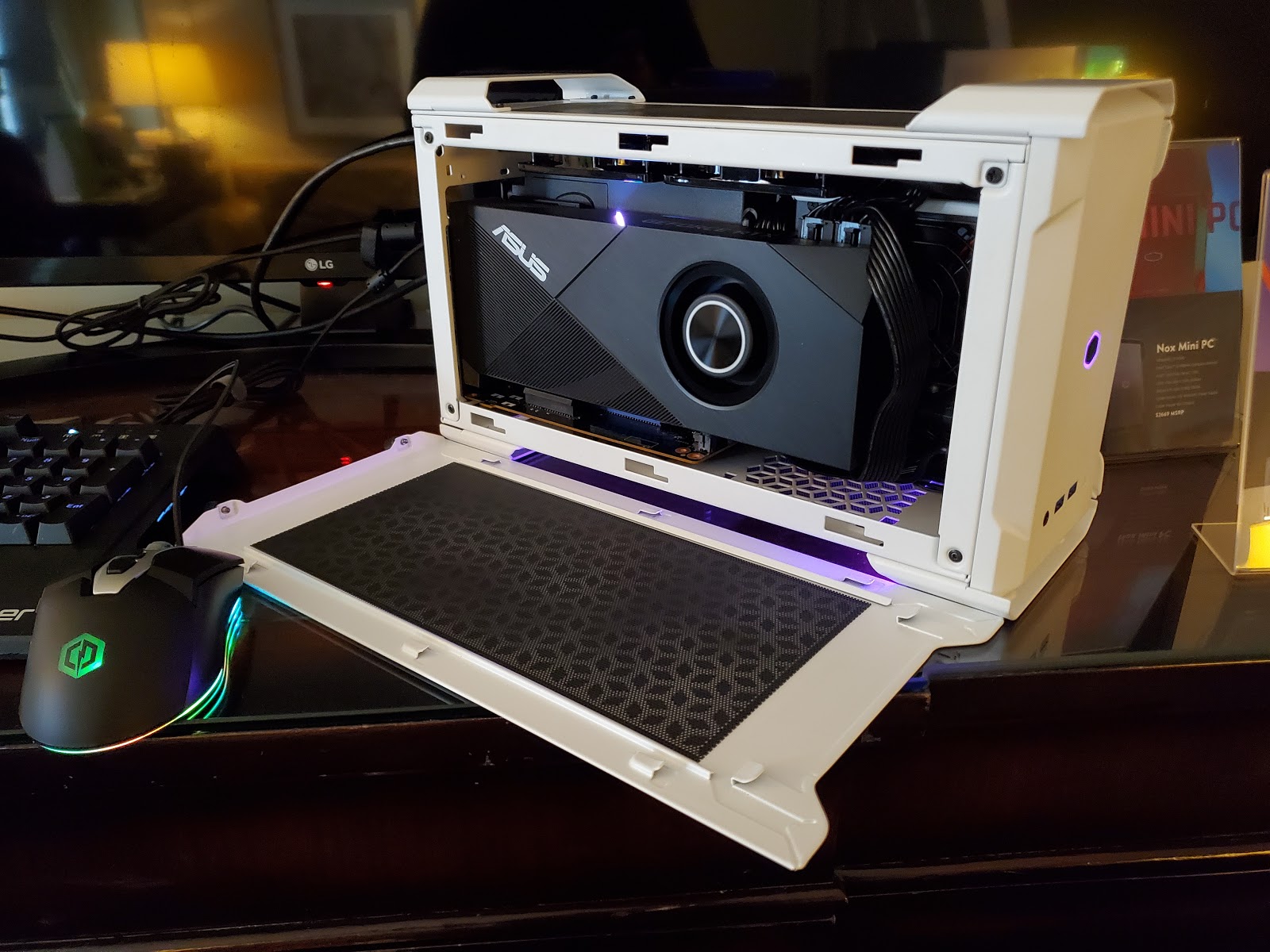
Intel seems to be getting plenty of traction with its Compute Element card, which combines a 45-Watt H Series CPU, M.2 storage and other components on a PCIe add-in card. The company has its own lunchbox-shaped Ghost Canyon model. Razer is working on a longer, sleeker Tomahawk desktop that the company says will support up to an RTX 2080. And Cyperpower’s Nox Mini is a similarly long and low form factor in a 7.5-liter NUC case and power supply made by Cooler Master, which will come in black or white.
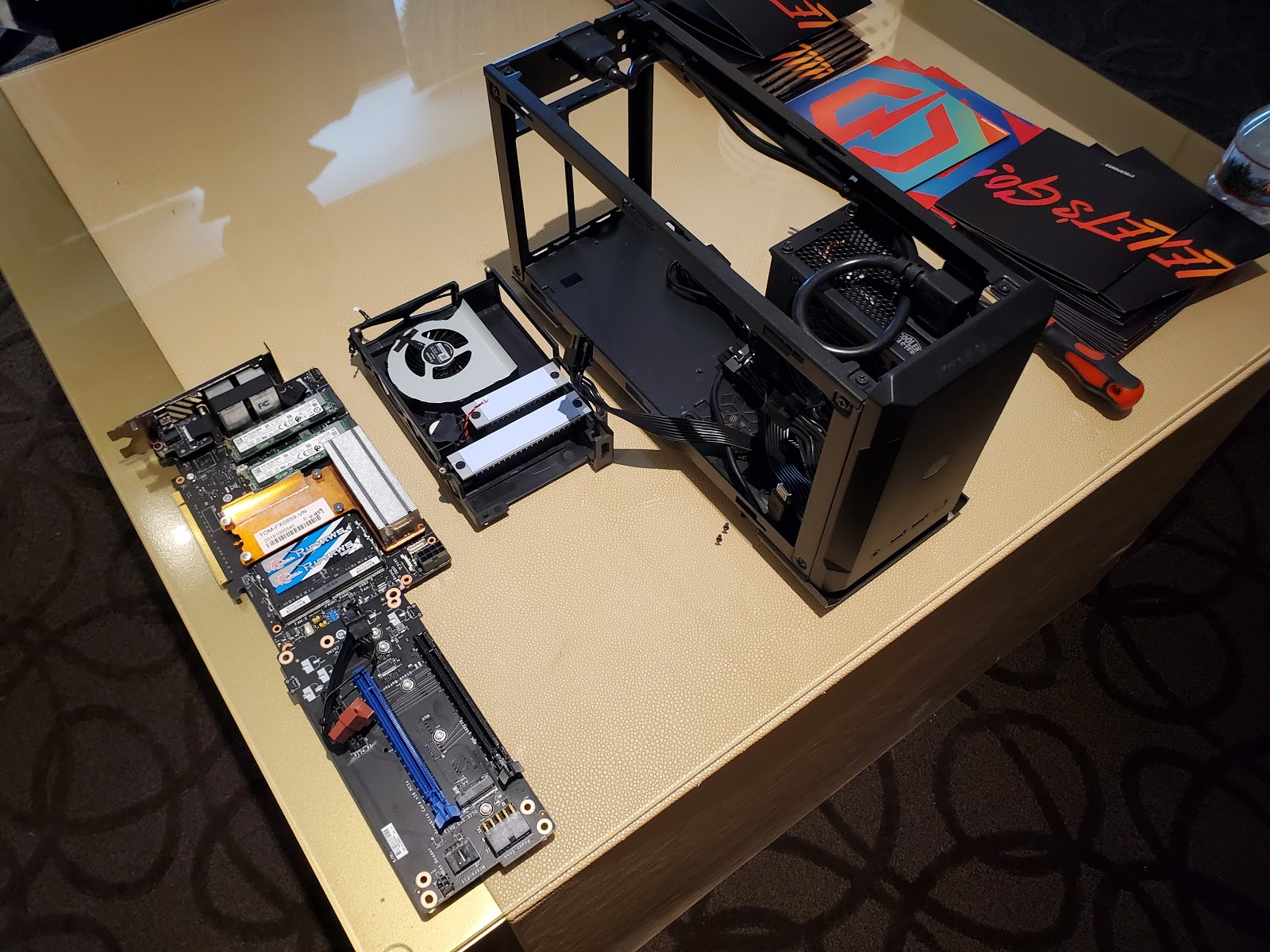
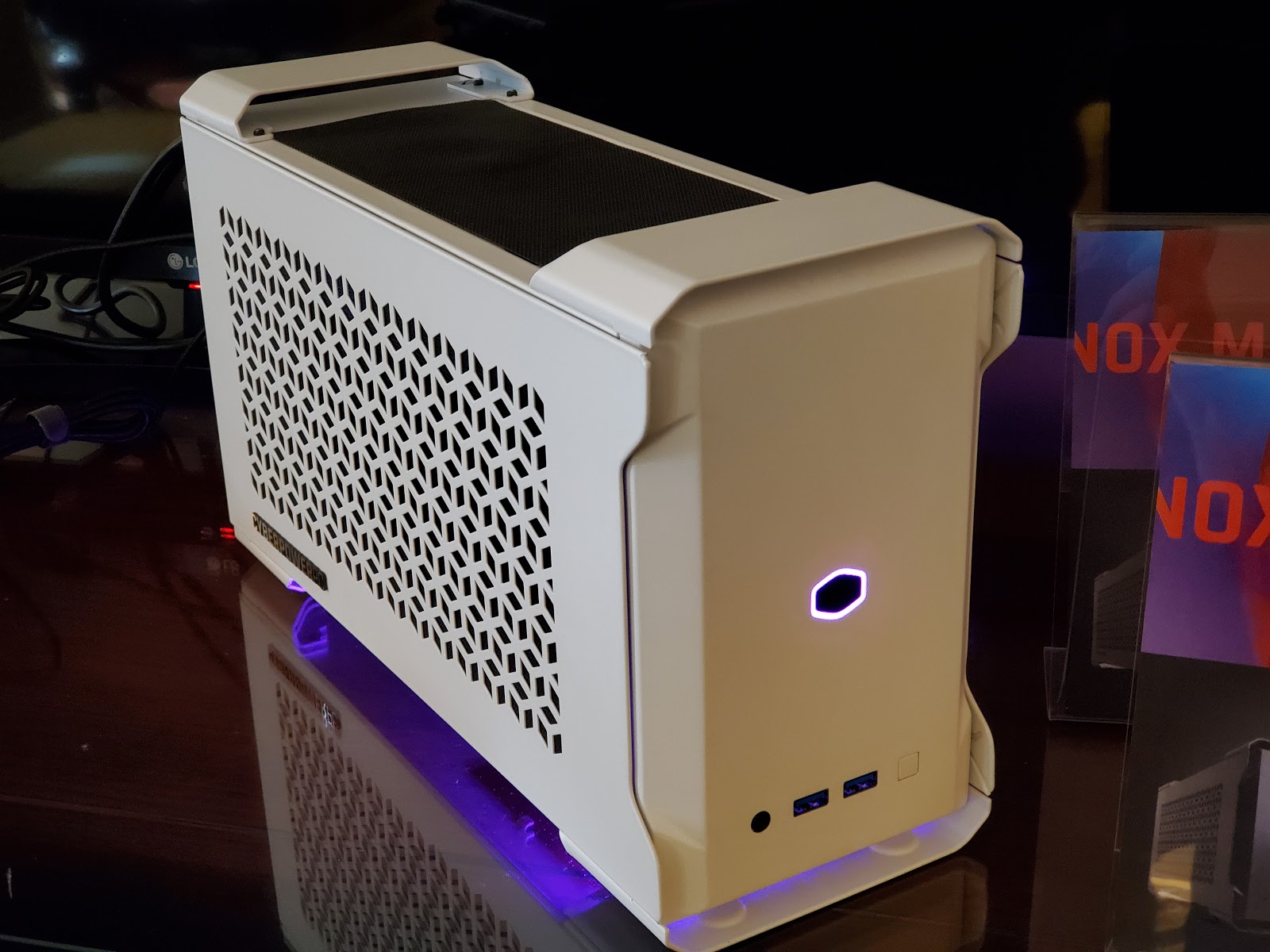
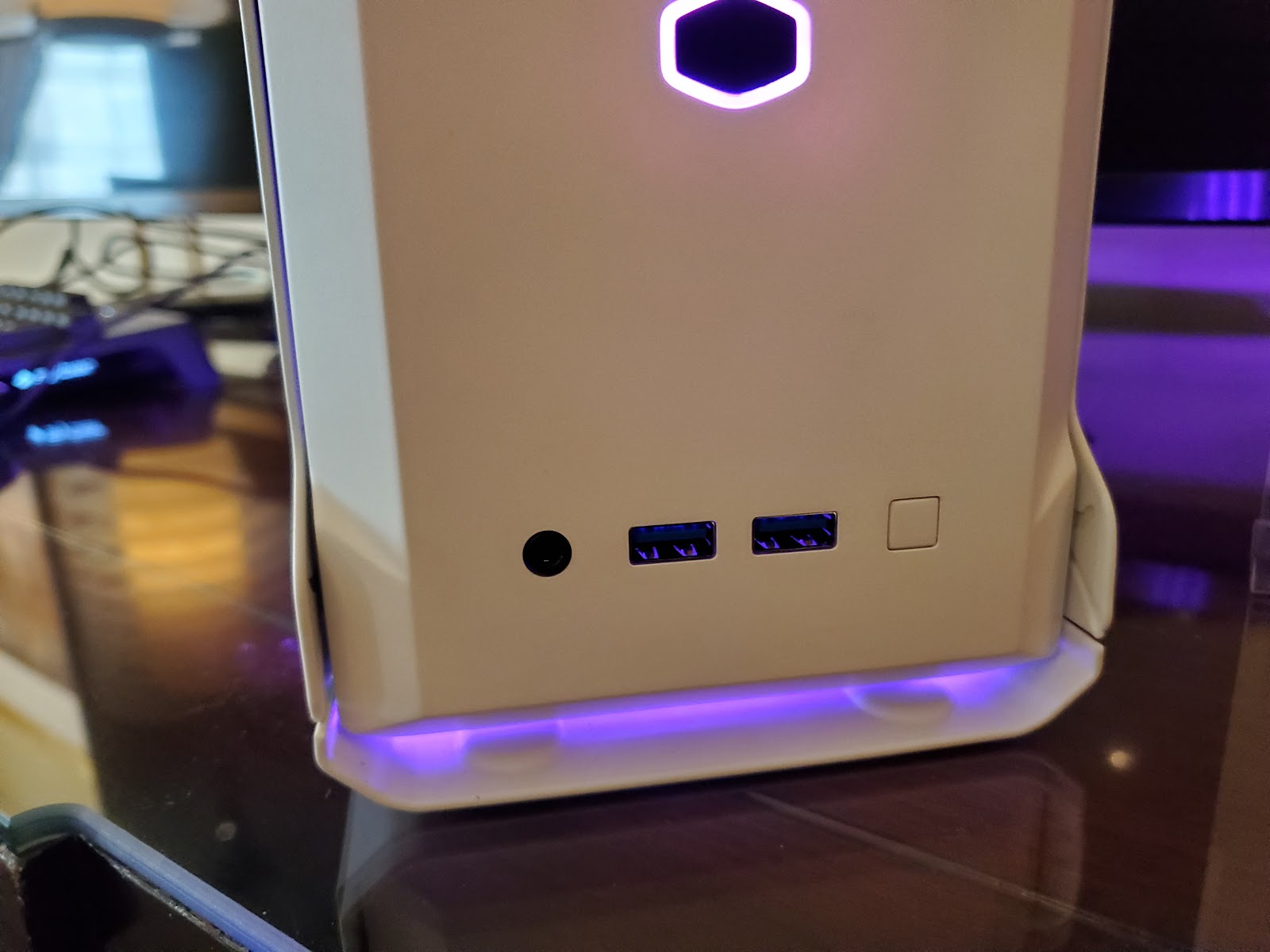

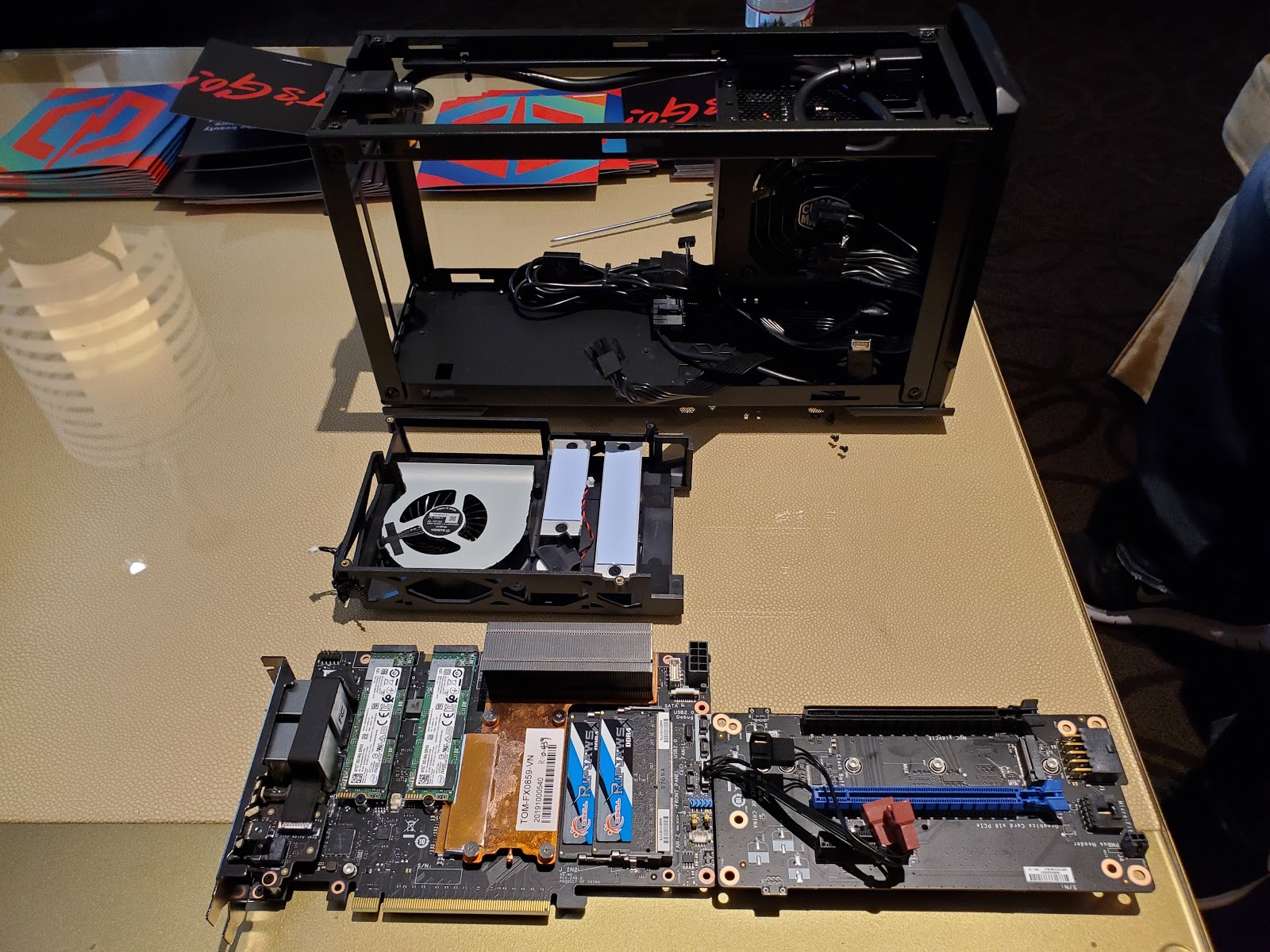
While the system will be configurable, Cyberpower tells us it will support up to an Nvidia RTX 2080 Super, alongside the eight-core, 16-thread Intel Core i9-9980HK in the Compute Element, 16GB of RAM, a 1TB Intel 660p NVMe SSD, and an 850-watt Cooler Master power supply for $2,399.
Price is going to be a sticking point considering you’re getting a laptop-class processor with these Compute Element PCs, when you could build a Mini-ITX system that’s not much bigger with a beefier desktop CPU for the same price or even less. But you’re paying for compact size here, as the Nox Mini PC is about the same size as a high-end external GPU box.

The simple modularity is also key. Assuming Intel will make future Compute Element cards, once your processor starts to bottleneck your graphics card or isn’t giving you the kick you need for your productivity tasks, you will be able to buy a newer Element card with a faster processor, swap over your boot drive and RAM, plug in the card alongside your GPU and be ready to go with your new CPU.
There’s a lot of potential in this ecosystem, and it’s refreshing to see a way for the PC industry to move past the traditional ATX/ITX form factors. We’re excited to see where these kinds of PCs go, as companies experiment with daughter boards that could allow for other components, or even angled slots for flatter, wider chassis. Cost is a big hurdle, which should come down if the platform sells well and more manufacturers get involved.
There doesn’t seem to be anything stopping AMD from jumping into this field either, other than the costs of tooling and manufacturing the boards. With the increased bandwidth of PCIe 4.0 baked into AMD’s latest processors, a system like this based around an AMD platform would have the potential to be a lot more powerful, versatile and expandable--and possibly more affordable.
For now though, this is an Intel-only game and we will have to see how much uptic the platform gets compared to tried-and true ATX/ITX systems. Cyberpower says its NOX Mini PC should be available, early in the second quarter.
Get Tom's Hardware's best news and in-depth reviews, straight to your inbox.
After a rough start with the Mattel Aquarius as a child, Matt built his first PC in the late 1990s and ventured into mild PC modding in the early 2000s. He’s spent the last 15 years covering emerging technology for Smithsonian, Popular Science, and Consumer Reports, while testing components and PCs for Computer Shopper, PCMag and Digital Trends.
